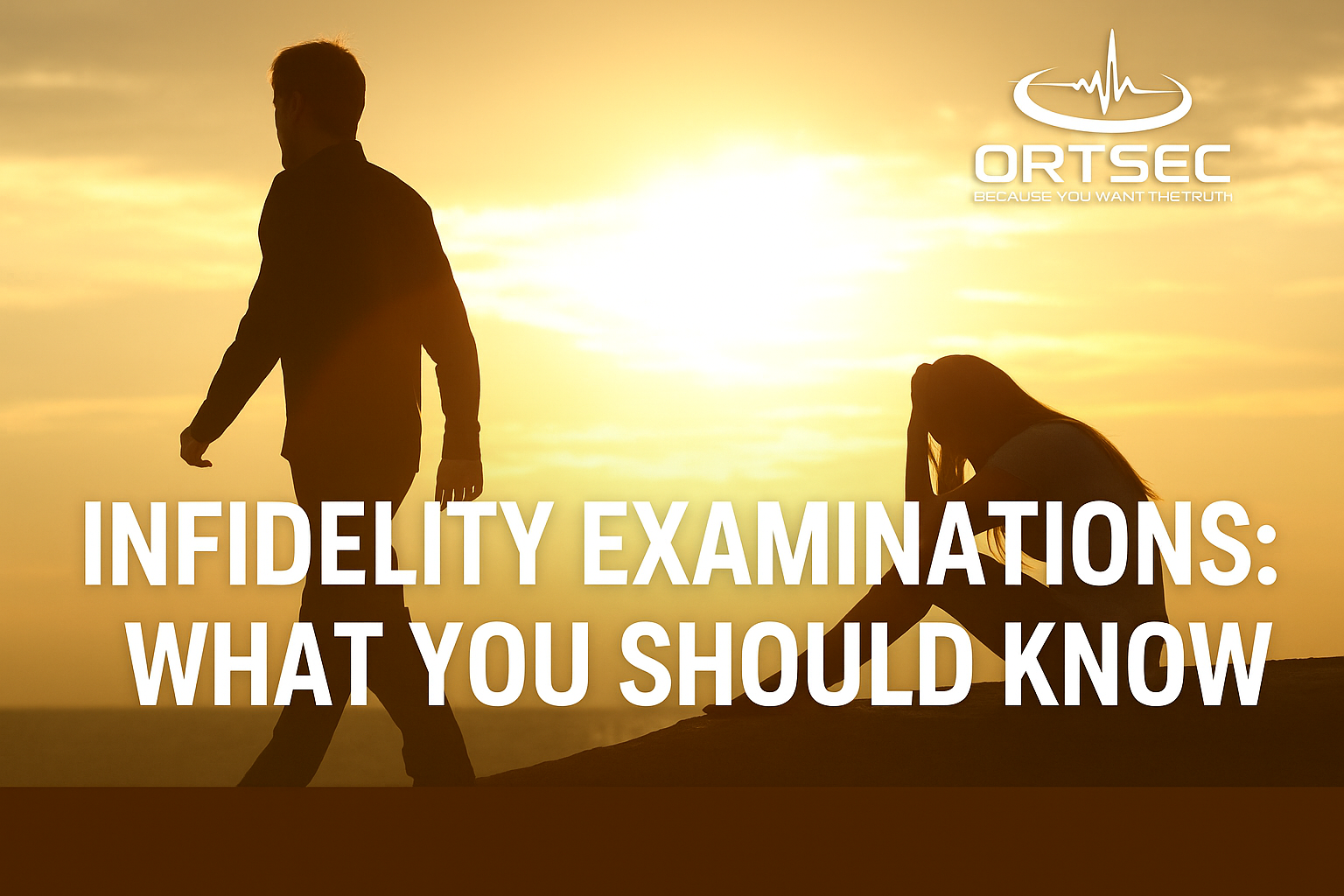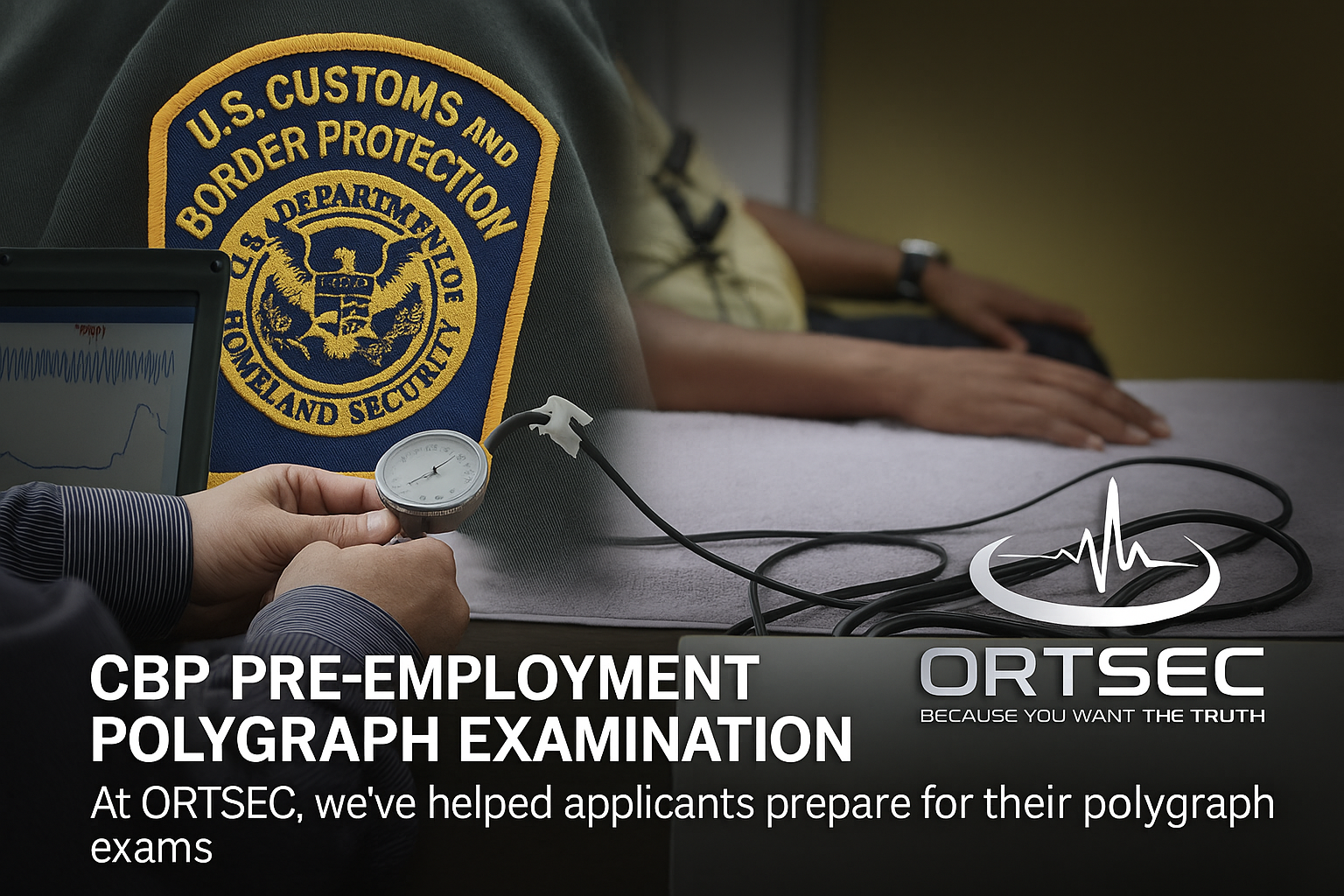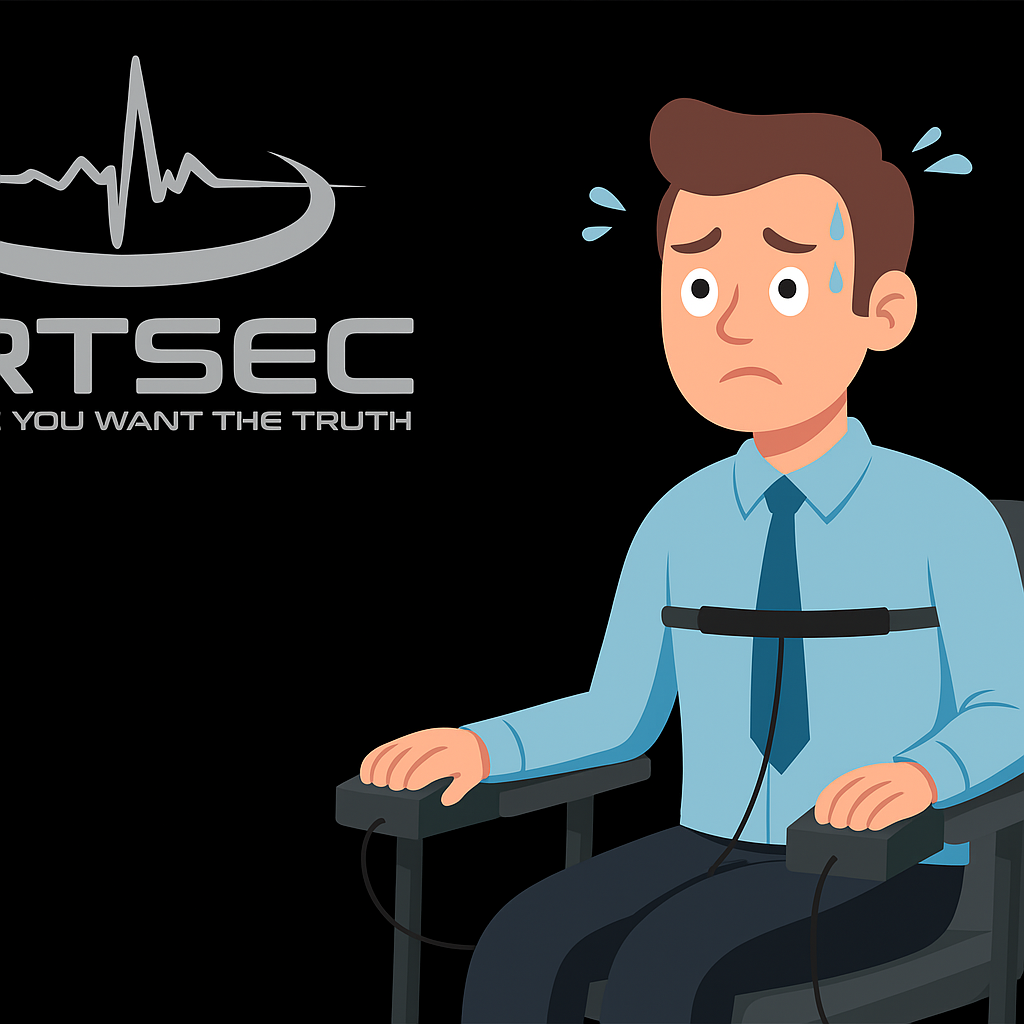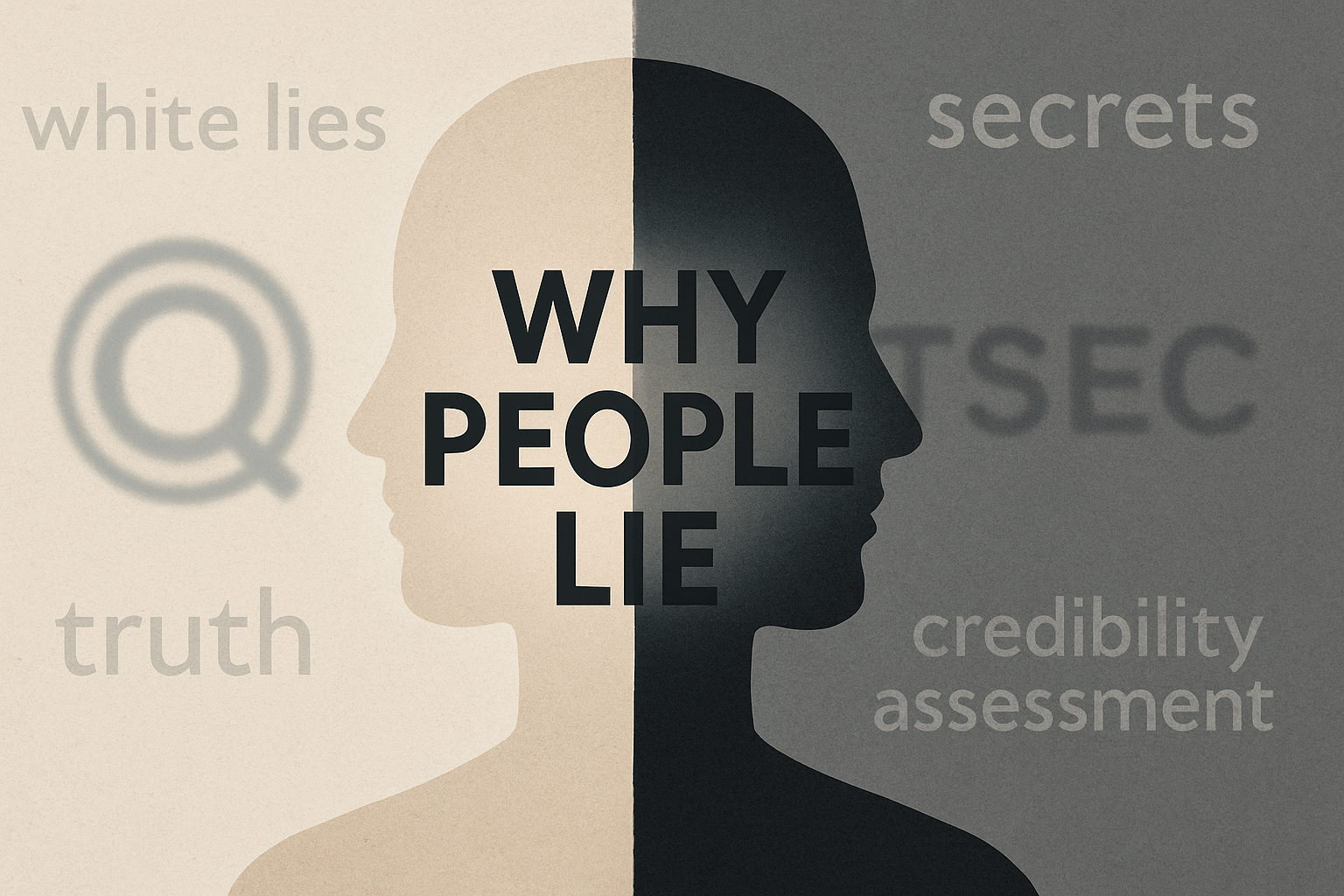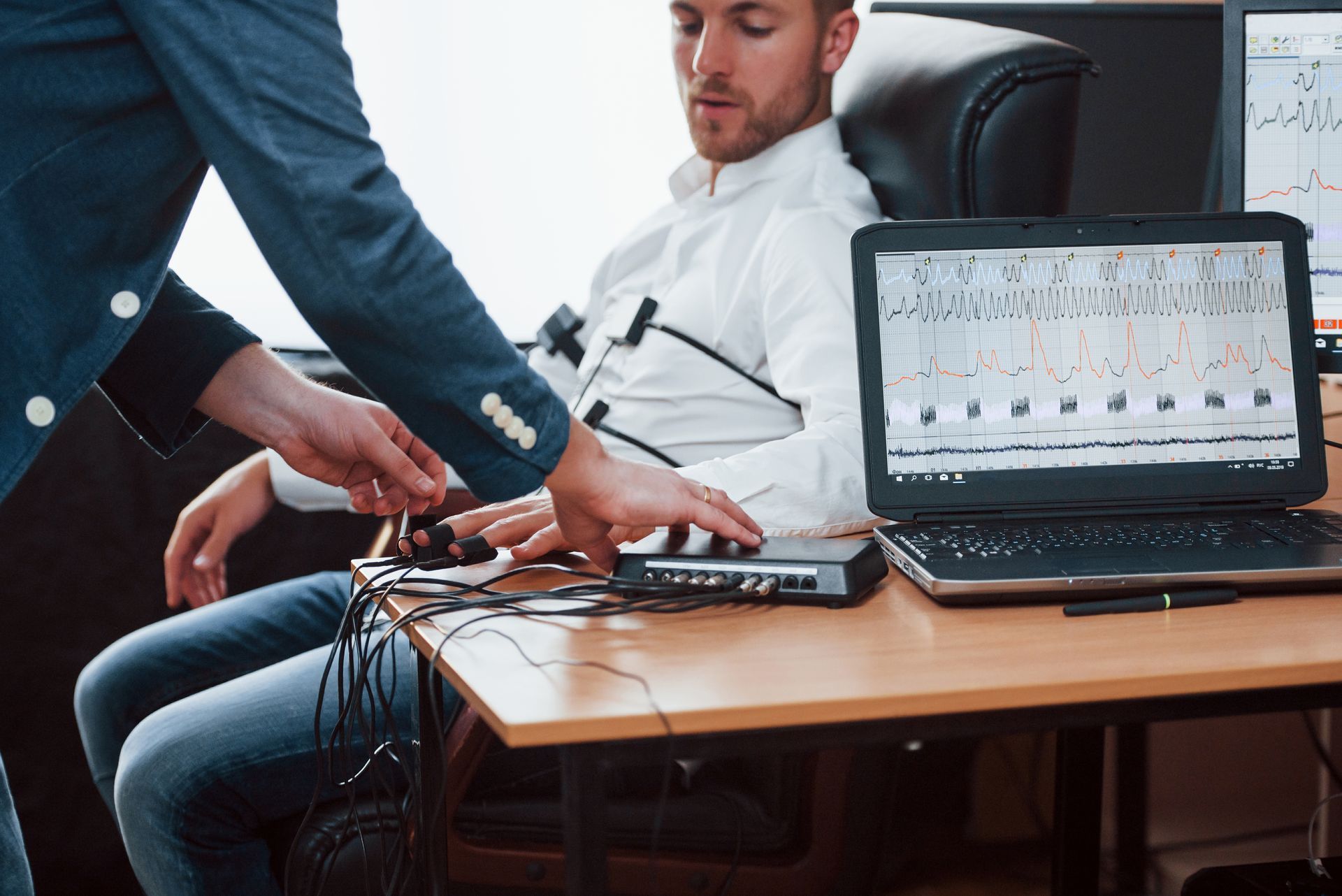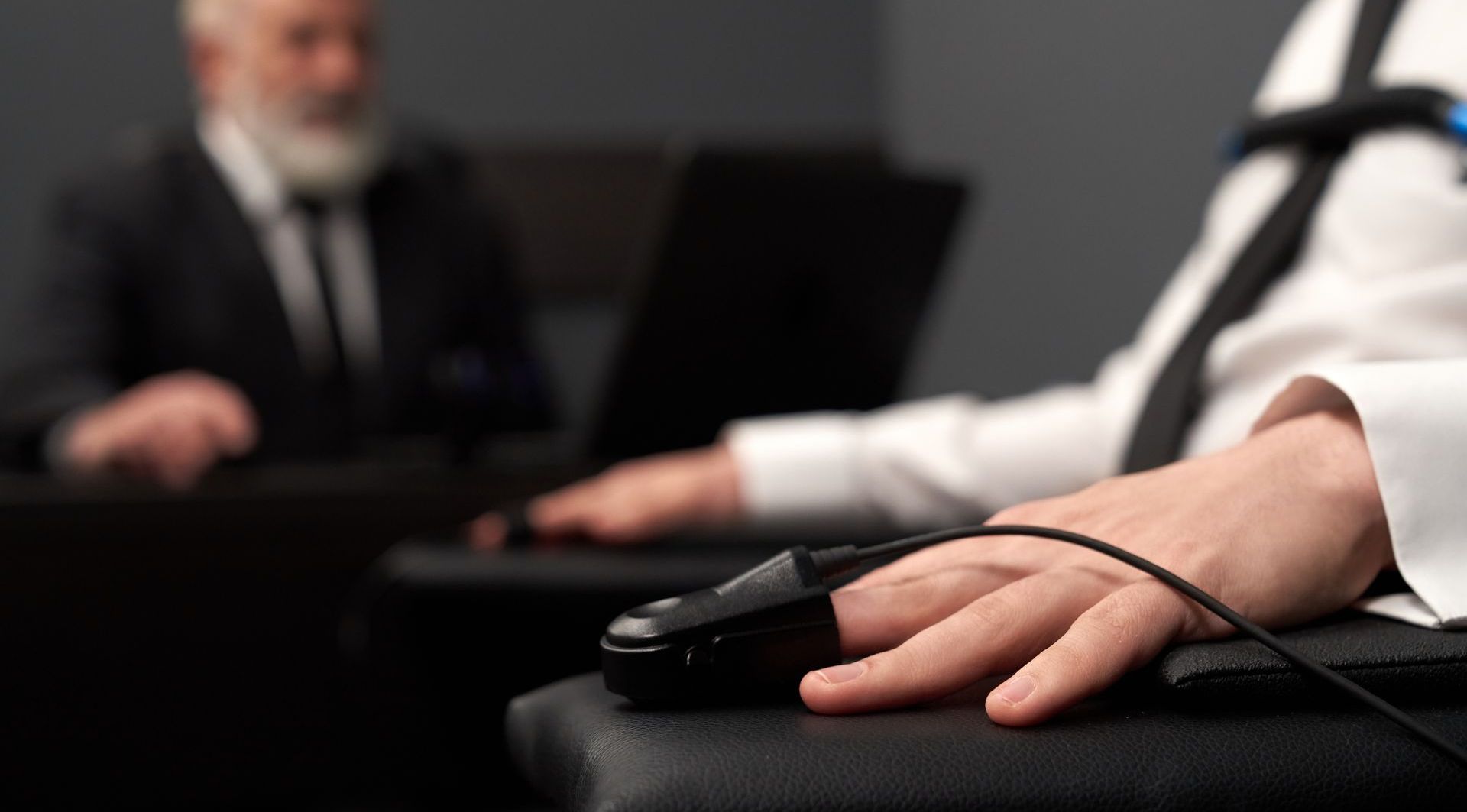How a Polygraph Really Works (and Why the Examiner Can Make or Break It)
What the Polygraph Actually Does
When people hear “polygraph,” they often picture a courtroom drama or a crime show: wires hooked up, a nervous suspect sweating under bright lights, and the examiner announcing, “He’s lying.”
The truth is a lot less dramatic but also much more interesting.
A polygraph doesn’t detect lies. What it does is record changes in your body that happen when someone experiences a “fight, flight, or freeze” response.
That response is your body’s built-in alarm system; your natural reaction to fear. It comes from your central nervous system and cannot be controlled by you. For example, if you’re walking alone at night and hear sudden footsteps behind you, your heart might race and your palms might sweat. That’s your body preparing to either confront the situation (fight), run from it (flight), or lock up momentarily (freeze).
The polygraph allows an examiner to see whether you, the examinee, are experiencing fight or flight responses when answering questions. The examiner places sensors on your body to monitor and record your physiological data, including sweat gland and cardiovascular activity, among other reactions. At a minimum, the sensors include:
- Rubber Tubes (pneumographs). Placed around your chest and stomach to record physiological data and upper body movements.
- Metal Plates (electrodermal activity sensors). Attached to your fingers to detect tiny changes in sweat gland activity, even if you don’t notice it.
- Cardiovascular Activity Cuff. Similar to a blood pressure cuff, it records heart rate (not blood pressure).
- Other Sensors. Additional components may be used to help the examiner evaluate an examinee’s willingness to cooperate during the test.
Think of it like this: if you’ve ever been pulled over by the police, you may have felt a surge of adrenaline and an increased heart rate, even if you hadn’t done anything wrong. The fear of getting a ticket is what triggered that autonomic physiological response. The polygraph is designed to capture the same kinds of responses. The fear of being caught in a lie can produce a fight or flight reaction. Because these responses come from the autonomic nervous system, the examinee cannot control or suppress them.
The Examiner’s Role
Here’s where things get tricky. The polygraph is just an instrument, like a thermometer. On its own, it doesn’t tell you much. A thermometer measures temperature but doesn’t explain what’s causing a fever. Similarly, the polygraph records physiological data, but it doesn’t explain what’s causing the responses. The examiner is the one who makes sense of the readings.
A good examiner will:
- Ask clear, fair, and focused questions.
- Stick to one issue at a time instead of piling on multiple accusations.
- Create an environment where the examinee feels comfortable disclosing what’s on their mind.
- Compare reactions across different types of questions to identify patterns.
- Interpret the charts using training and validated techniques, not gut feelings.
A poorly trained examiner, on the other hand, can cause real problems. Imagine going to a doctor who doesn’t know how to use a thermometer. If they misread your temperature or take it incorrectly, their diagnosis will be way off. The same thing can happen with polygraph testing.
For example:
- If the examiner asks vague questions, the examinee can fail an exam even if being truthful.
- If they test multiple issues at once, say, infidelity, theft, and drug use, the accuracy drops sharply.
- If they don’t understand how to read the charts correctly, they might label a truthful person as deceptive or vice versa.
Why This Matters in the Real World
This isn’t just theory. The consequences of a poorly run polygraph can be serious.
- Job applicants for federal law enforcement sometimes lose out on careers because an examiner mishandled a test.
- Criminal suspects may be unfairly judged based on sloppy procedures, even when they’re telling the truth.
- Private individuals, like spouses or family members, can end up with more conflict instead of clarity if the examiner isn’t skilled.
On the flip side, when the test is done properly, it can be incredibly valuable. At ORTSEC, we’ve seen polygraph results help resolve criminal investigations, clear innocent people, and even provide closure in personal relationships. But that only happens when the examiner knows what they’re doing.
The Bottom Line
The polygraph isn’t a magical lie detector. It’s a tool that records your body’s “fight or flight” responses during questioning. Whether that tool brings clarity or confusion depends on the examiner’s training and professionalism.
So, the next time you hear about a polygraph test, remember: the wires and sensors matter, but the person running the test matters even more.


